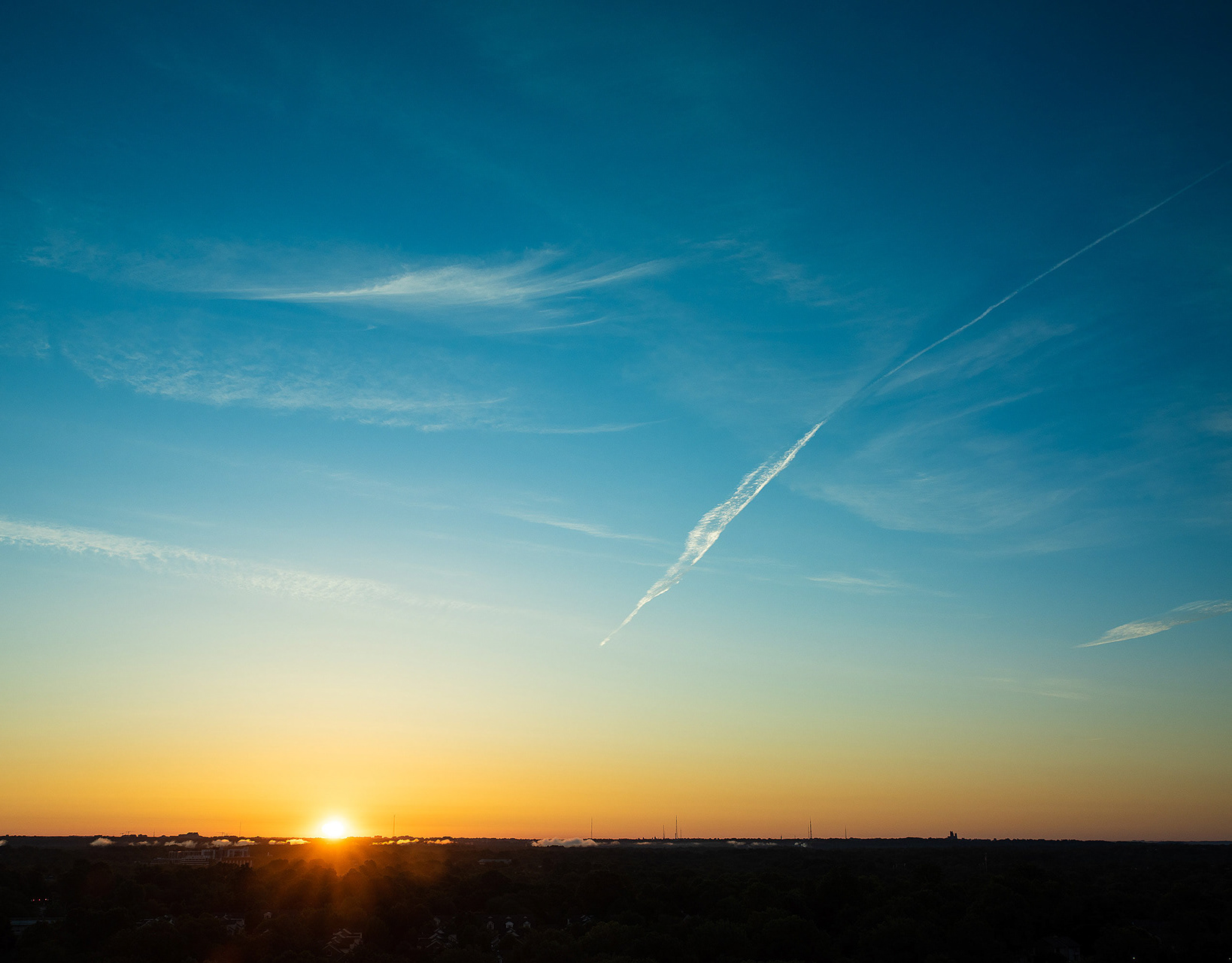
CIRRUS CLOUDS
High altitude, wispy streaks consisting of ice crystals. These tend to look very thin and swirly, and because of their distance and relative position to the sun they tend to look flat with very little surface detail.
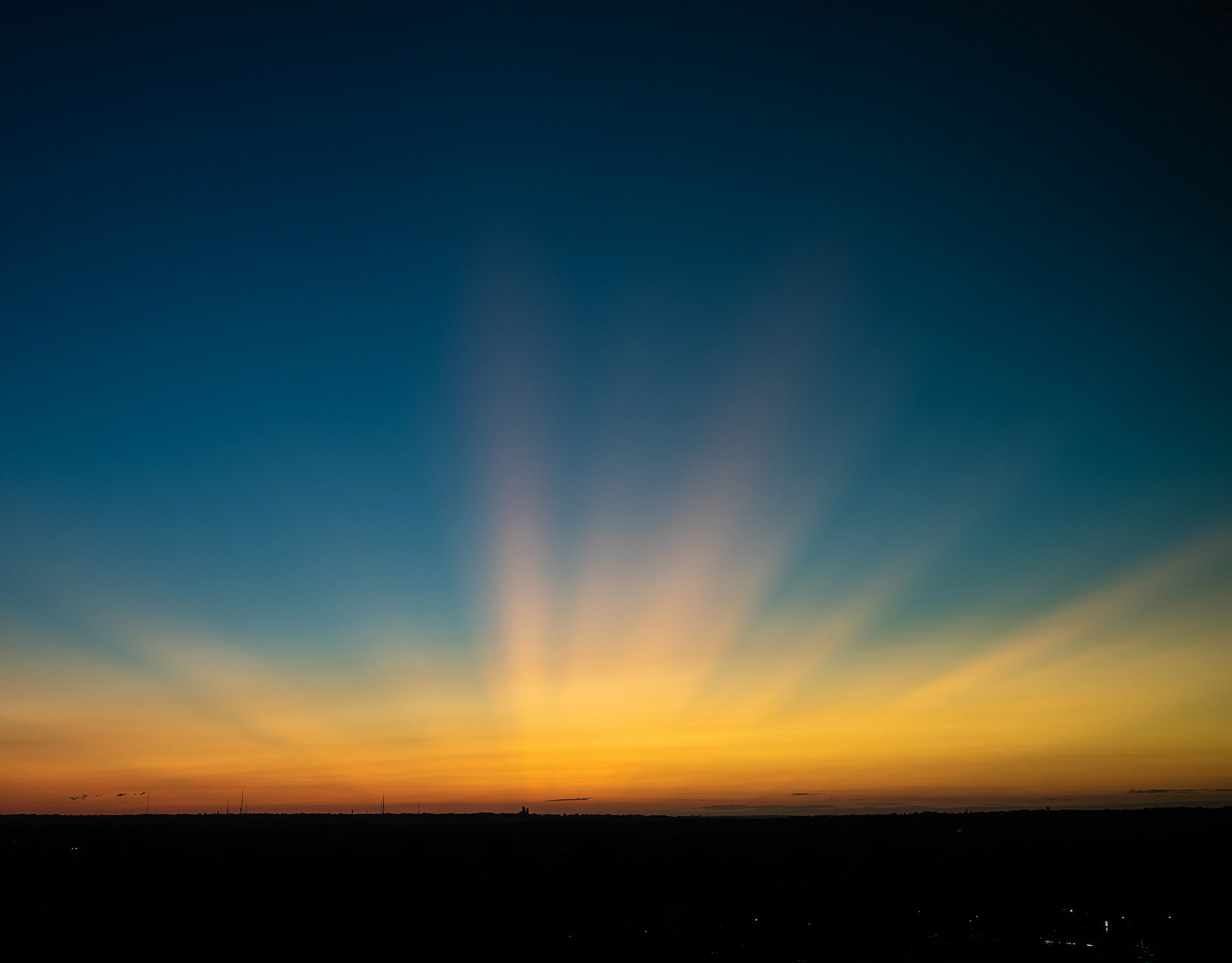
CREPUSCULAR RAYS
Shafts of light radiating from the position of the sun.
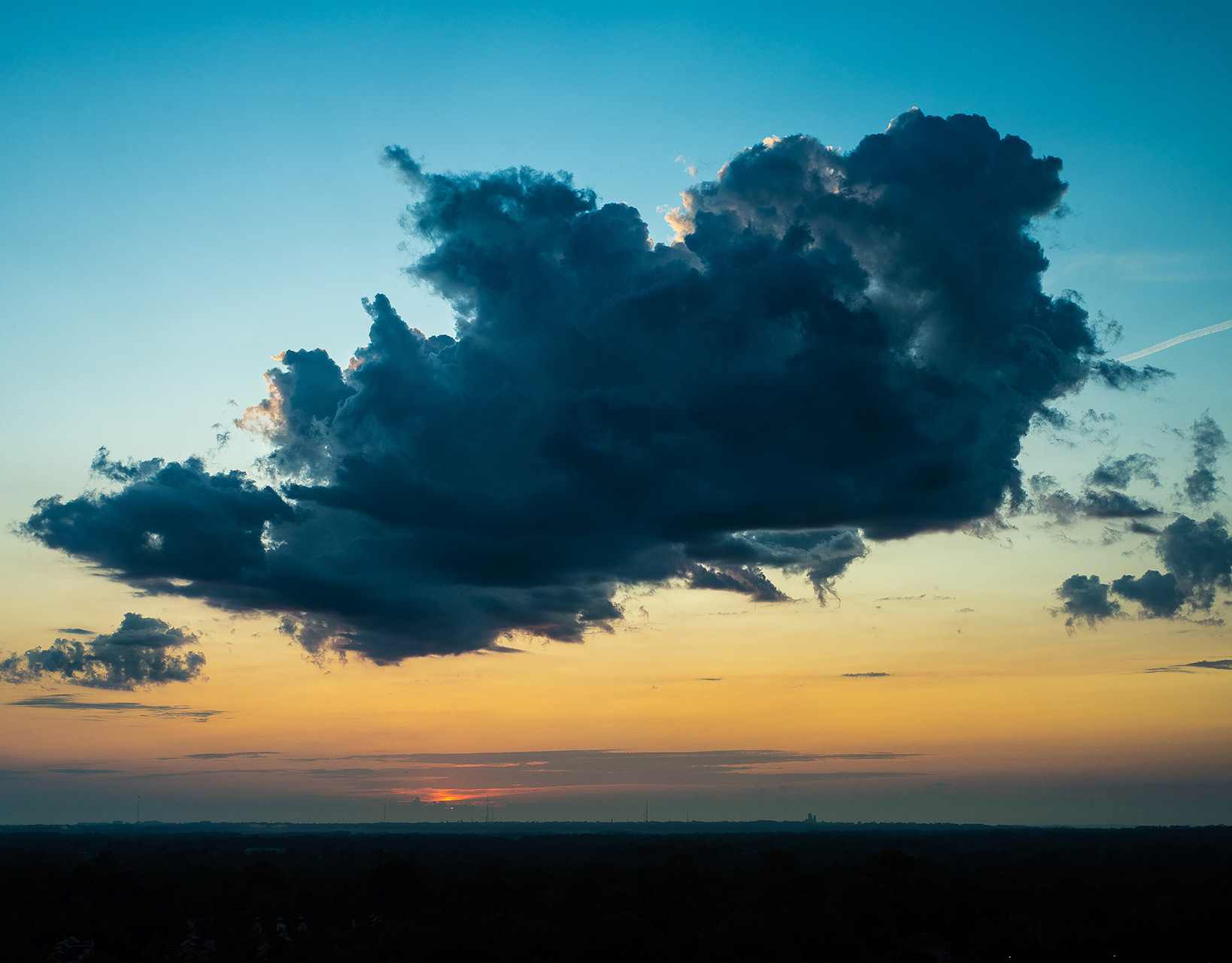
CUMULIFORM CLOUDS
Well defined heaps of puffy clouds found at all elevations, exhibiting a range of species and varieties. They can be grouped tightly (stratocumulus and altocumulus) or they can be more scattered but tall (cumulus and cumulonimbus). The feature they all share is a cotton-like appearance.
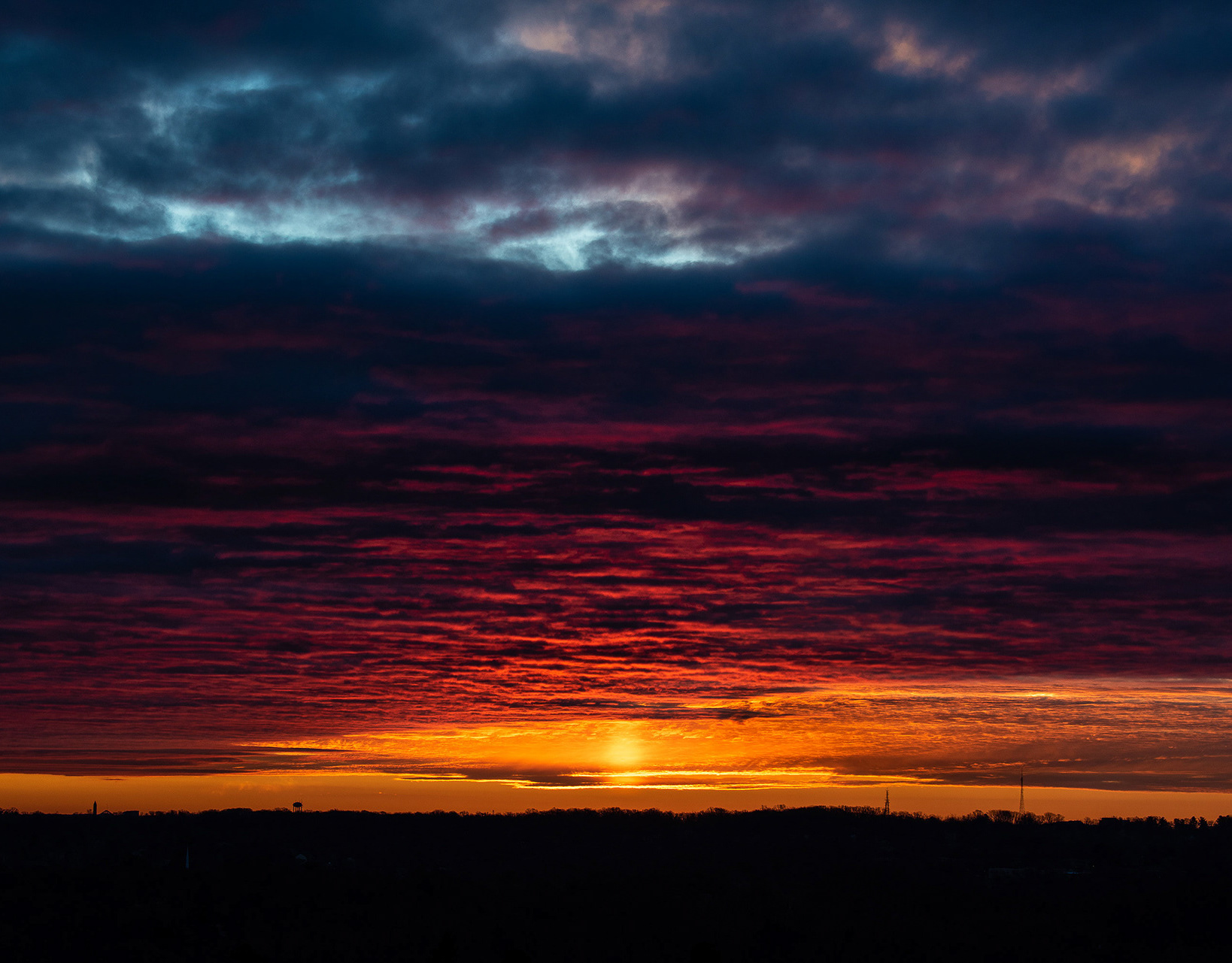
FALSE SUNRISES
Any of several atmospheric optical phenomena in which the sun appears to have risen, but is actually still some distance below the horizon.
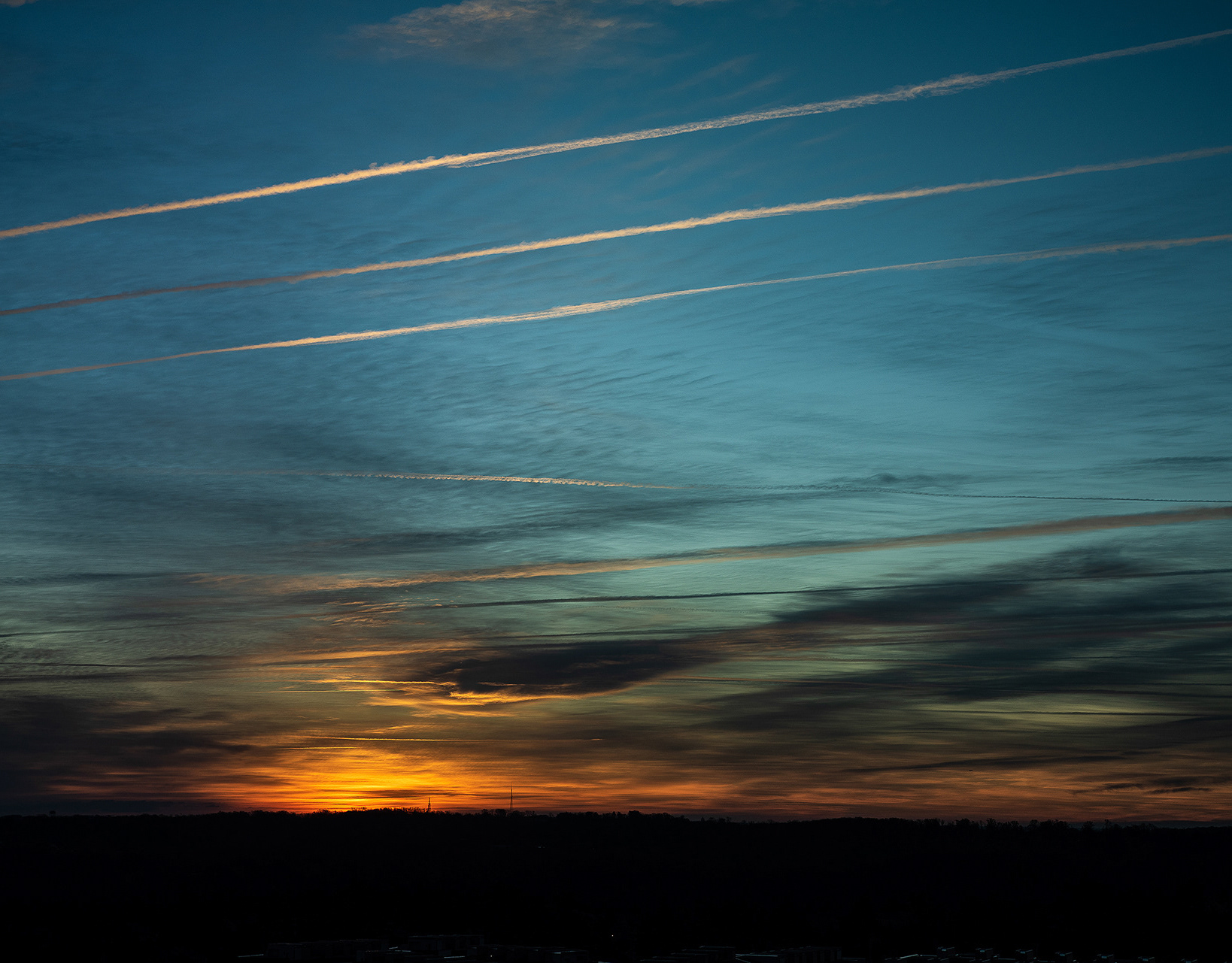
HOMOGENITUS CLOUDS
Clouds caused by human activity. The most common variety is aircraft contrails, but they can also form around industrial plants and cooling towers.
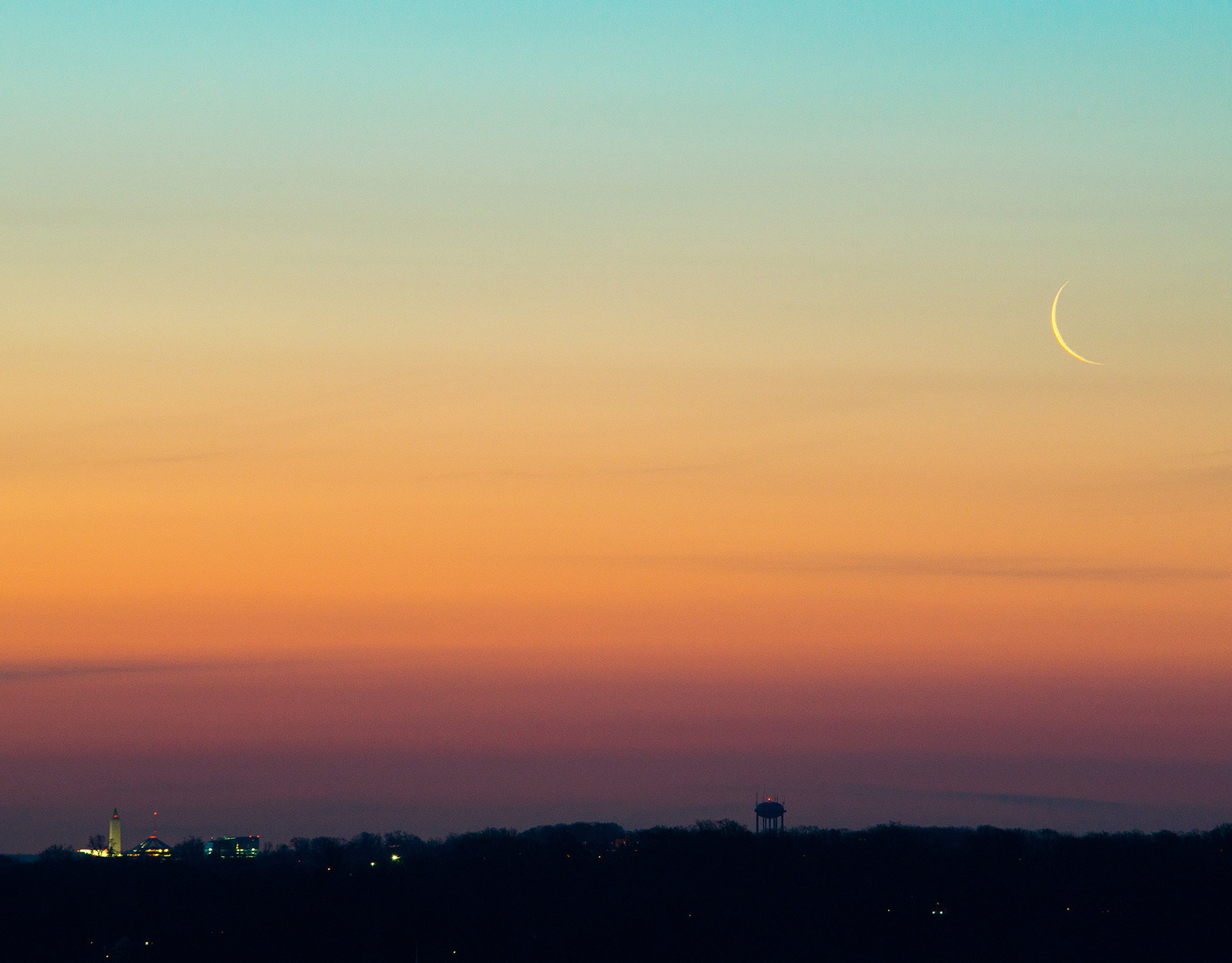
MOONRISE
Only the waning crescent moon rises near enough to dawn for me to fit it in the frame. So it's rare that I catch it. This is every time it's happened. Plus one time that I walked to the other side of the building and shot the super moon over Tyson's Corner.
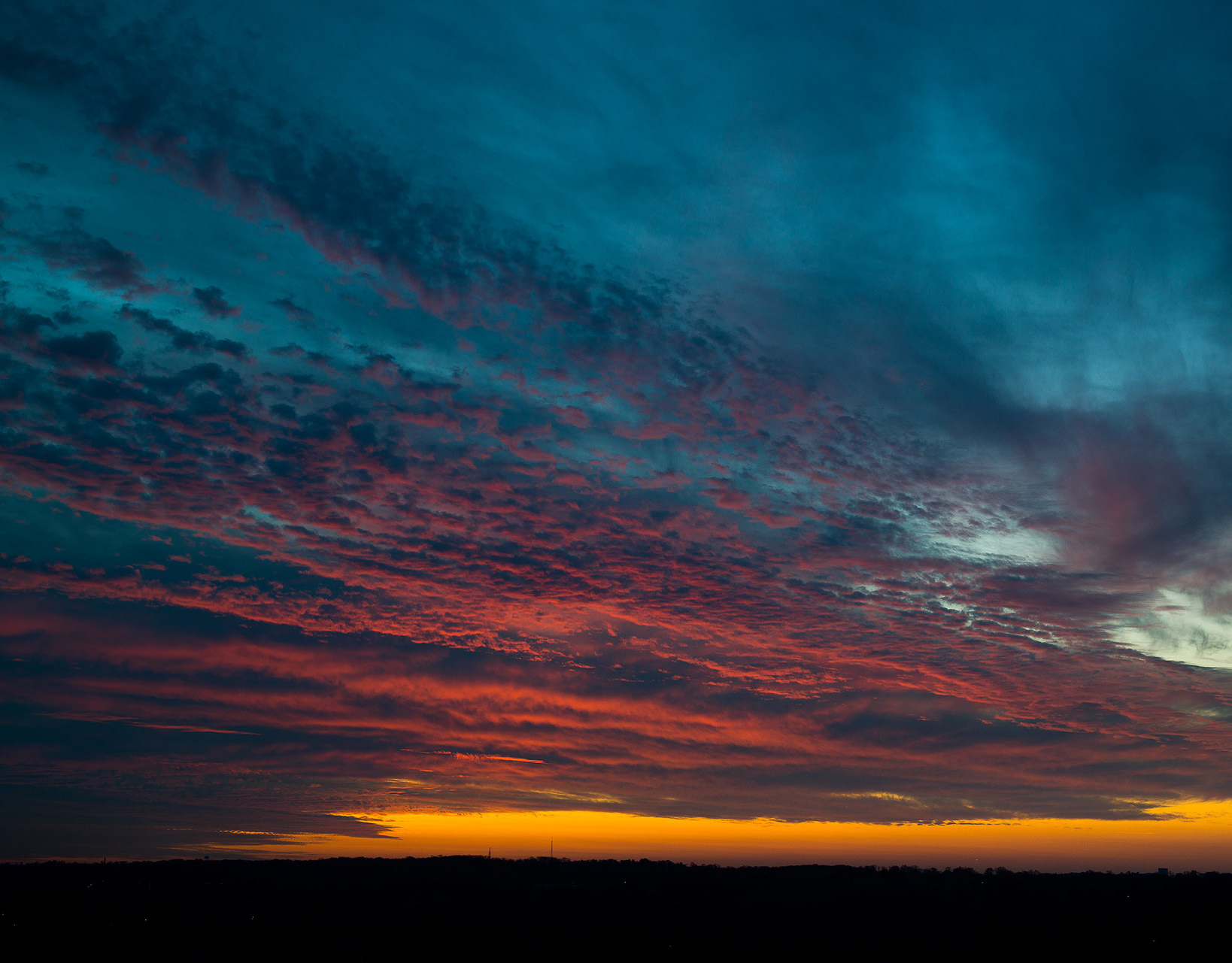
RAYLEIGH SCATTERING
Rayleigh Scattering is the atmospheric optical phenomenon that causes clouds to turn red at sunrise and sunset. At that angle, the sun's light must pass through more of the Earth's atmosphere, and because blue light scatters easier than red, we are left with much warmer light, and clouds will appear to turn pink, red, and orange.
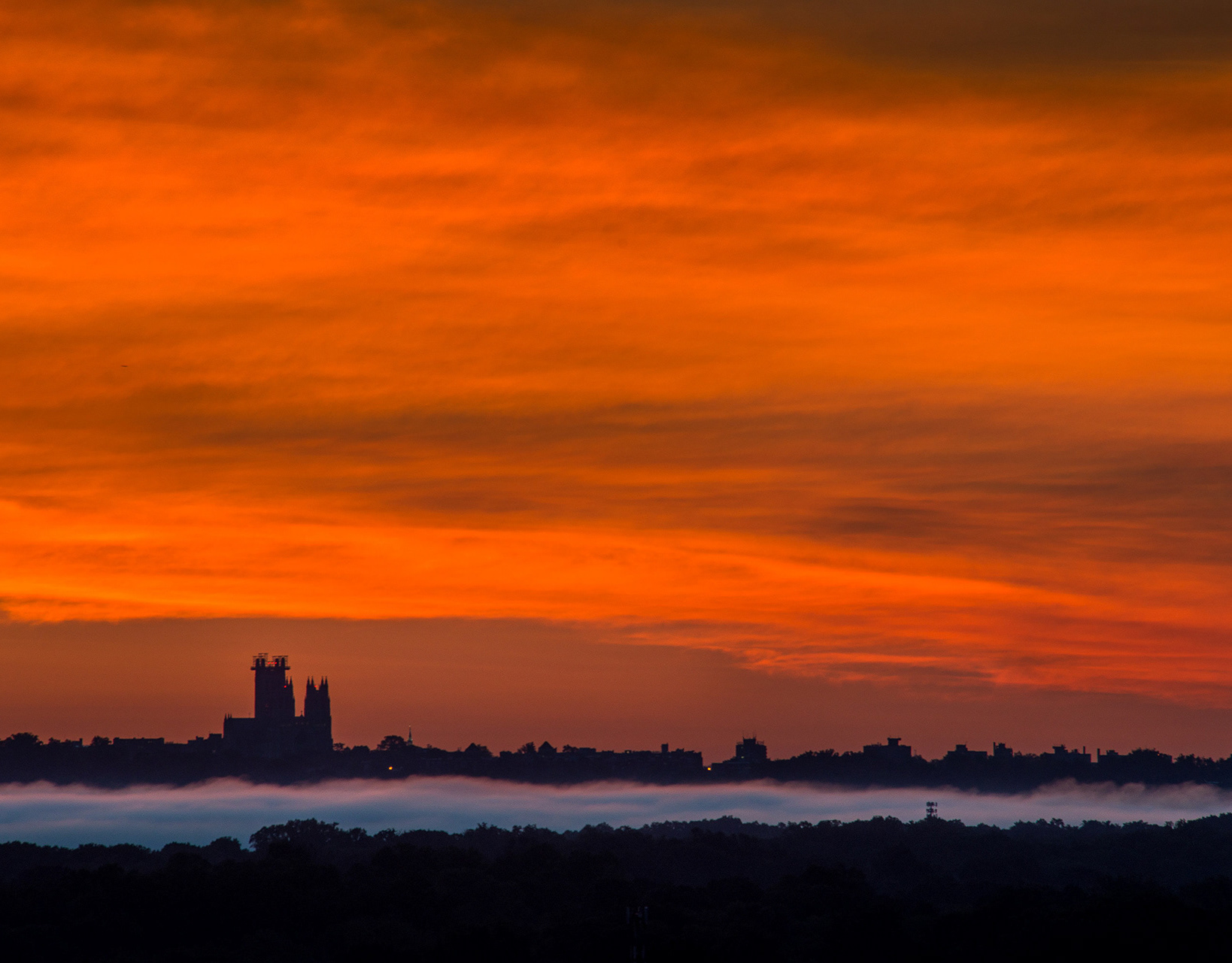
RIVER FOG
Steam rising from the Potomac.
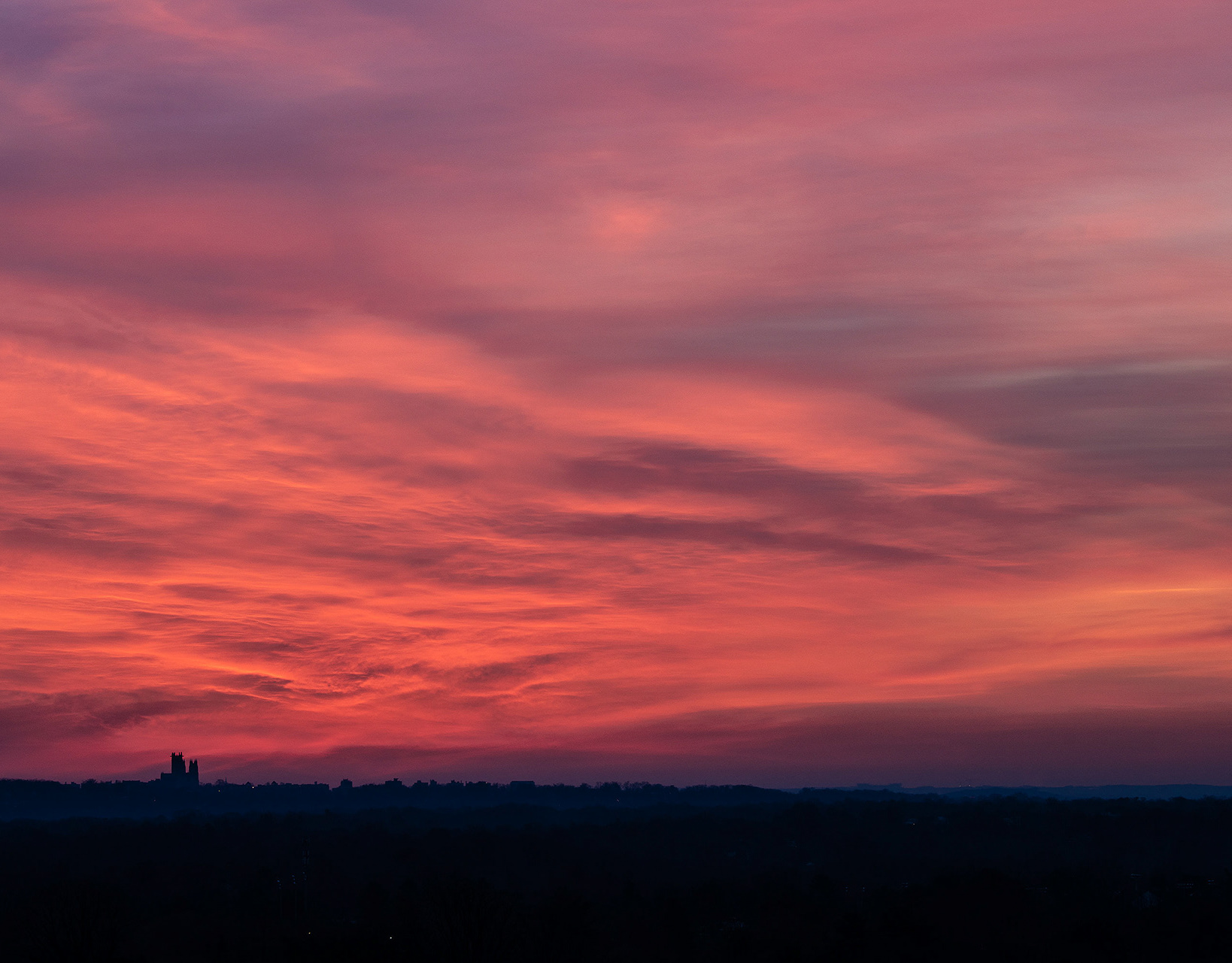
STRATIFORM CLOUDS
Horizontally layered clouds with little vertical development, stratiform clouds look flatter and smoother than cumuliform clouds.
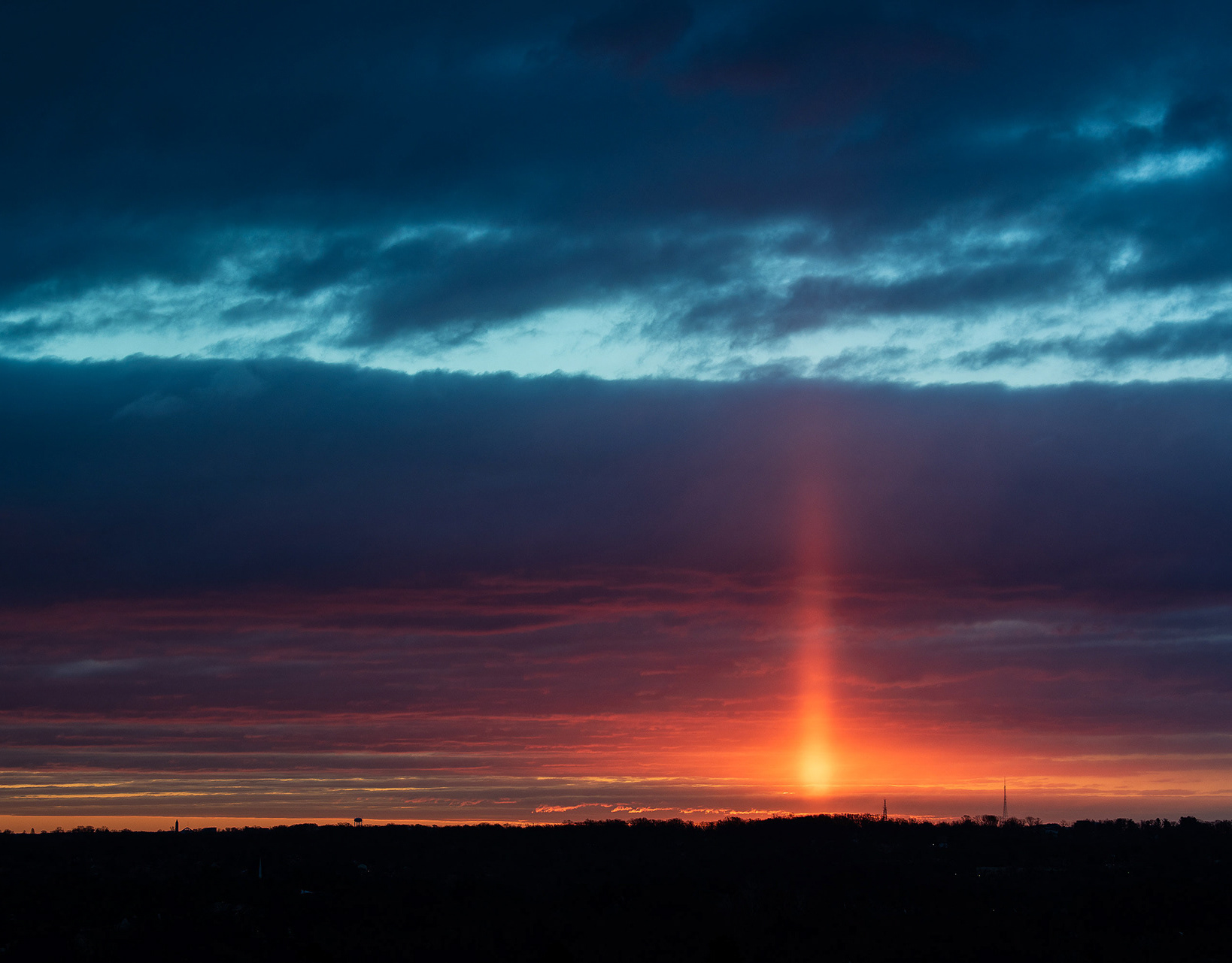
SUN PILLARS
The reflection of the sun on tiny ice crystals in the atmosphere, forming a vertical column.

SUNSPOTS
Temporary dark spots on the suns surface caused by concentrations of magnetic flux that inhibit convection. Under the right conditions they can be viewed with the naked eye.
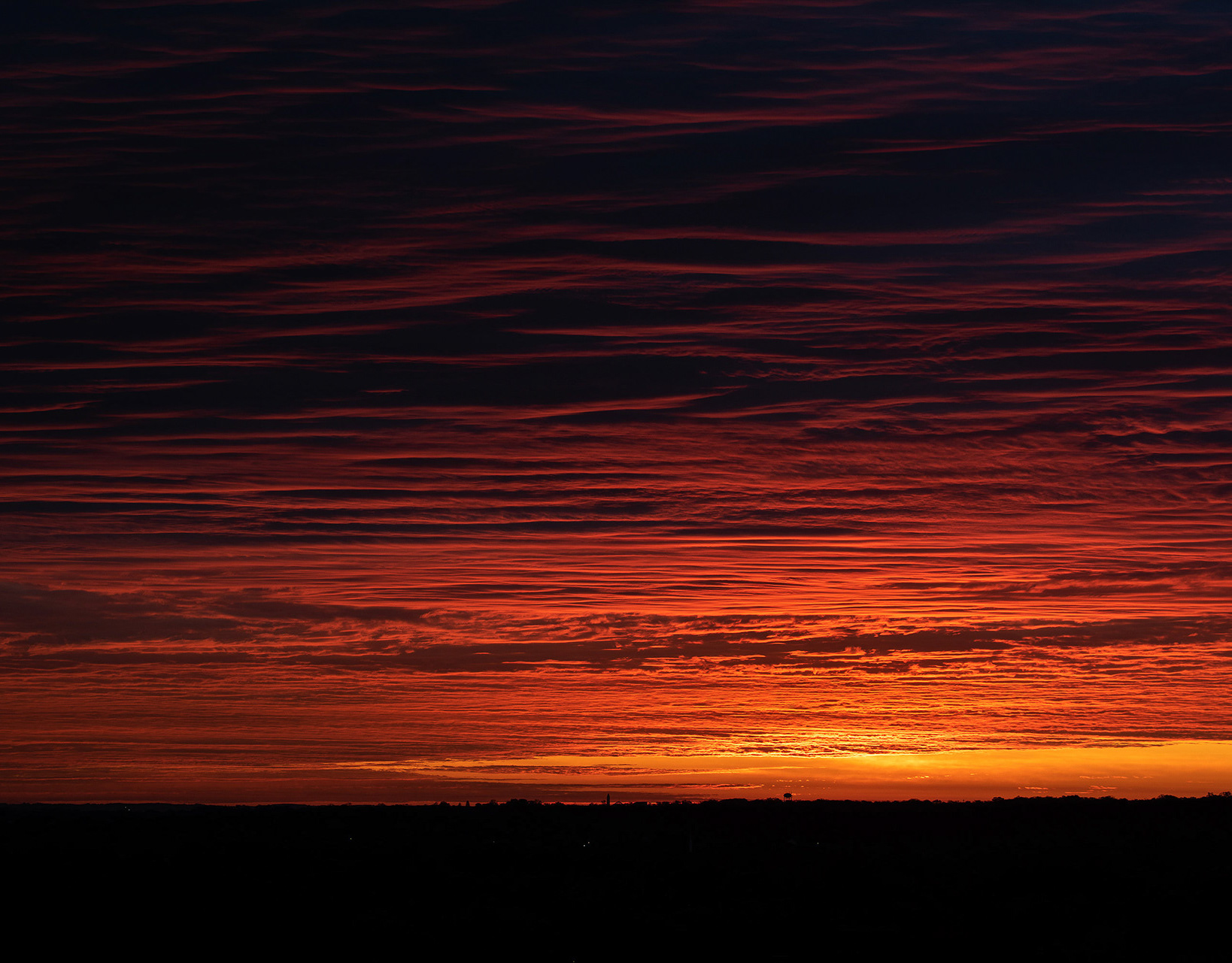
UNDULATUS CLOUDS
Wavy, undulating cloud formations arranged in parallel rows found in both stratiform and cumuliform cloud types. They are caused by wind shear from two bodies of air moving at different speeds or directions. The wind shear causes the air to roll where the two bodies meet creating rows perpendicular to the direction of the wind.
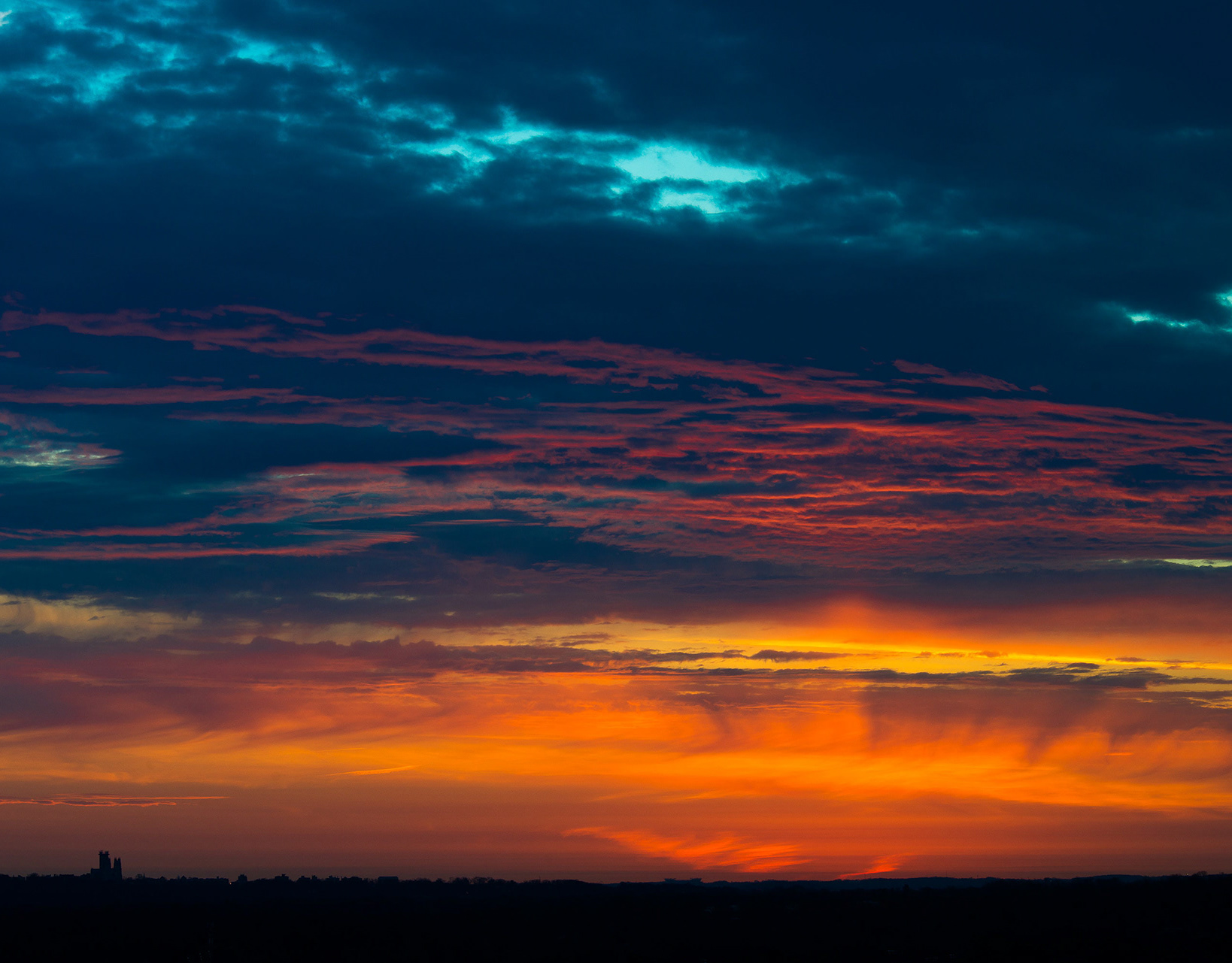
VIRGA
Streaks of precipitation that evaporate before reaching the ground.
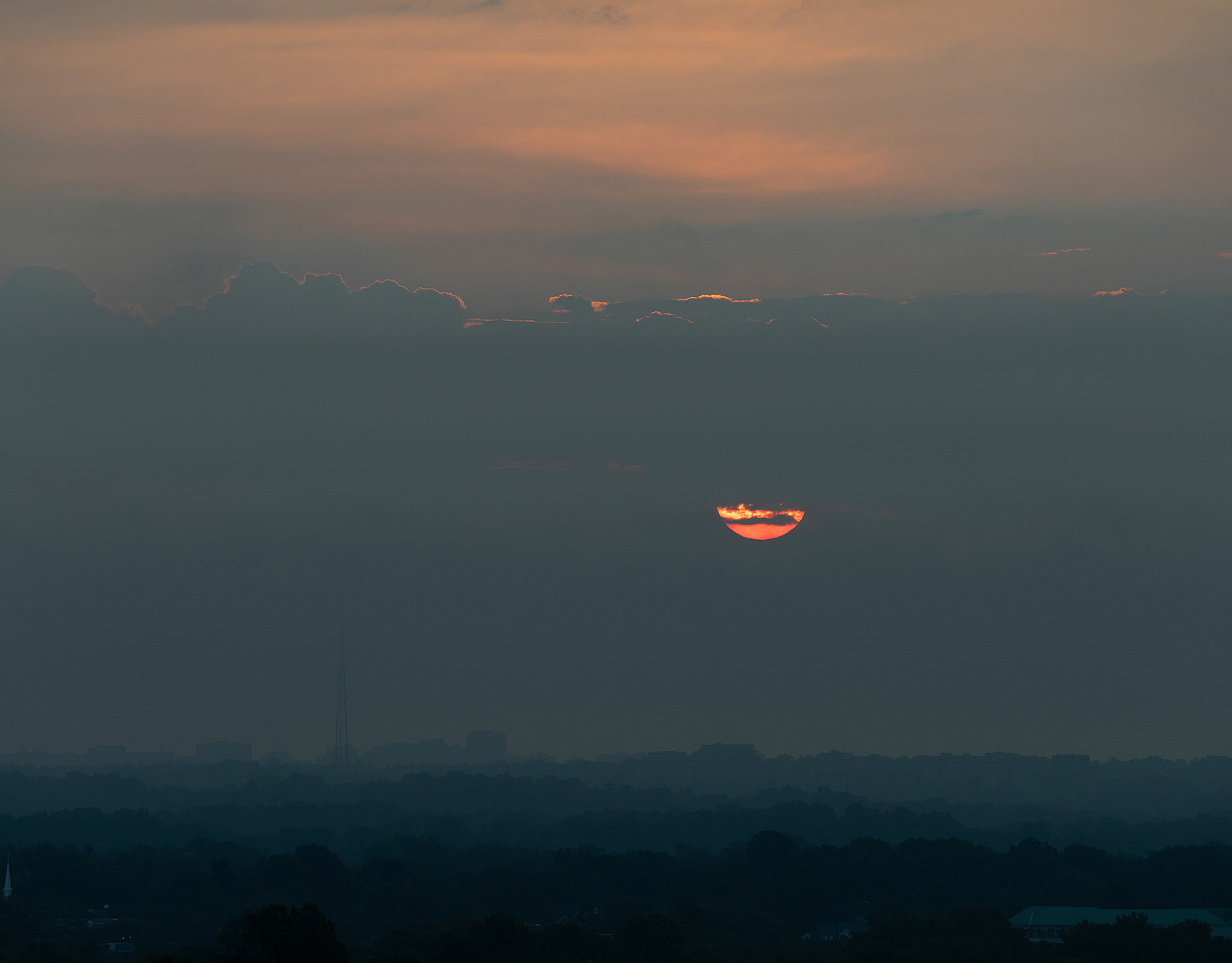
WILDFIRE SMOKE
Smoke that drifted east from forest fires in several western states and Canada.